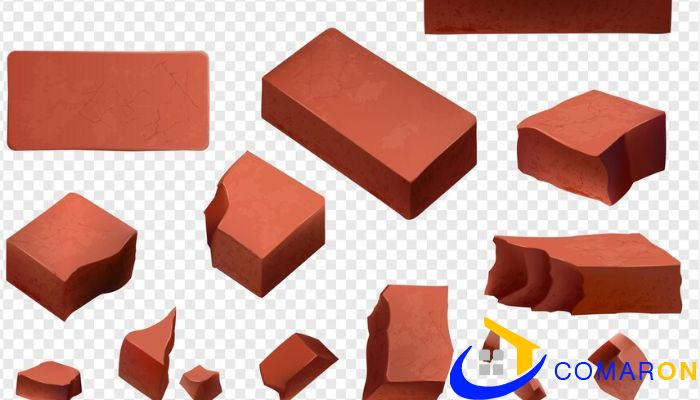
Using the highest grade brick possible in construction is always preferred. It is necessary to look at the qualities of an excellent brick as a result. Generally speaking, quality bricks have the following qualities:
Bricks must have consistent hues, sizes, and shapes. Maintaining the standard size of bricks is important.
They ought to be sturdy and small.
They ought to have square, sharp edges and be free of cracks and other imperfections like air bubbles and stone nodules, among others.
When submerged in water for 24 hours, bricks should absorb no more than 1.5 times their own weight in water (15–20% of dry weight).
Bricks should have a compressive strength between 2000 and 5000 psi (15 and 35 MPa).
The durability of brick is hampered by salt assault. Efflorescence in brick is also brought on by an excess of soluble salts. In brunt bricks, the proportion of soluble salts (calcium, magnesium, sodium, and potassium sulfates) shouldn't be higher than 2.5%.
When a brick is wet, its volume shouldn't alter.
Bricks shouldn't be under- or over-brunched.
In general, a brick should weigh six pounds, and a unit's weight should not exceed 125 pounds per cubic foot.
Bricks should have a low thermal conductivity because it's ideal for the building they're used in to be warm in the winter and cool in the summer.
Bricks ought to be impervious to sound.
It is best for bricks to be non-combustible and non-flammable.
Lime pitting should not be present in bricks.
Uniform size and shape: A high-quality brick should have rectangular, plain surfaces and a regular size. The normal brick dimensions are 215 x 102.5 x 65 mm. Brick sizes, however, range throughout nations; for example, UK bricks are not of the same size as bricks from India or the USA.
Compressive strength: The ideal range for brick compressive strength is 2000–5000 psi (15–35 MPa).
Hardness: Bricks should be sufficiently hard to leave no marks even after light grazing.
Bricks immersed in water for 24 hours or more should not absorb more water than 20% of their weight.
Naturally, there are many variations in brick texture. For instance, the texture of glazed bricks will be different from that of long-format bricks. Their surfaces shouldn't be so slick, though, that mortars just slide off them. They should also have square, crisp edges and be free of stone nodules and fractures.
Low thermal conductivity: brick-built commercial buildings should ideally have lower summer temperatures and higher winter temperatures.
Soundness: When a brick is struck by another brick, it should produce a distinct, metallic sound.
Bricks come in a variety of colors, which are determined by the chemical makeup of the clay, its burning temperature, kiln conditions, etc. High-quality bricks should have a consistent color and be well-burnt. Bricks lose their homogeneity if they are over- or under-burned.
Brick earth: It should be devoid of both chemical substances like potassium nitrate and physical items like stones and pebbles.
The salt attack has an effect on the durability of bricks. Efflorescence, which occurs when there are too many soluble salts present, shouldn't occur in burned bricks at a rate higher than 2.5%.
Robust: brick strength needs to be at least 5.50 N/mm².
In addition, bricks ought to be non-combustible, soundproof, and free of lime pitting.
The aforementioned qualities should be known to all before utilising bricks in any type of business building. Bricks using these features ought to be utilised to get the greatest outcomes. They will raise the building's standard of construction overall.
Visit here to learn Top TMT bar companies in India